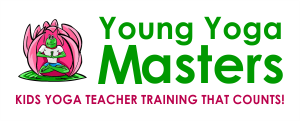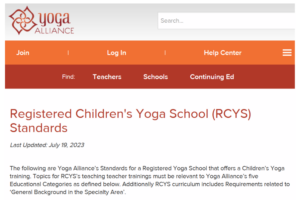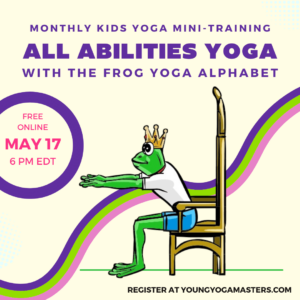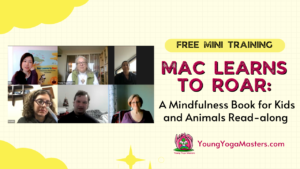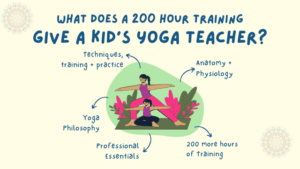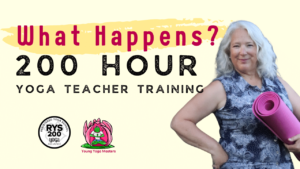Every month I offer a free kid's yoga teacher training. They're a fun workshop with insights in to … [Read more...] about How the Free Kids Yoga Teacher Training Works
Teacher Training
How to Become a Certified Yoga Teacher for Kids
Are you thinking of getting certification to teach yoga to kids? The Yoga Alliance has changed how … [Read more...] about How to Become a Certified Yoga Teacher for Kids
Chair Yoga for Children
When I first started teaching I had so much passion for yoga because it has transformed my life. … [Read more...] about Chair Yoga for Children
Insights on Mindfulness in the Classrooms from a School Teacher
Are you wondering how you could introduce mindfulness to children and integrate it into your home or … [Read more...] about Insights on Mindfulness in the Classrooms from a School Teacher
Professional Essentials for Teaching Kids Yoga
I feel a little embarrassed that when I first started teaching yoga, I had trouble with pacing. I … [Read more...] about Professional Essentials for Teaching Kids Yoga
Why get a 200-Hour Yoga Certification As A Kids Yoga Teacher
How can a 200-hour Yoga Teacher Certification help you as a Kids' Yoga Teacher? If you want to … [Read more...] about Why get a 200-Hour Yoga Certification As A Kids Yoga Teacher
